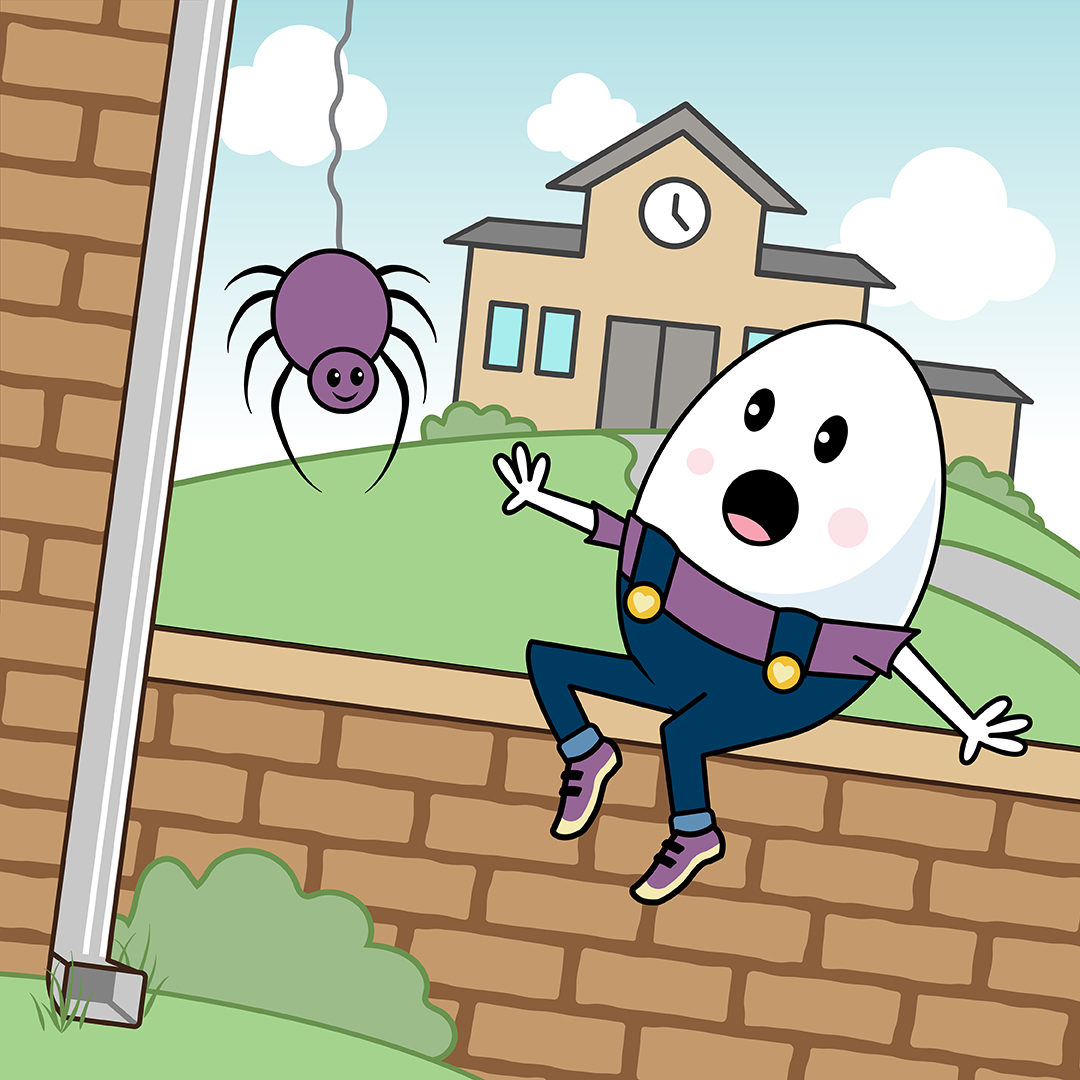Oh, Where, Oh Where Have the Nursery Rhymes Gone? (Part 2)
Posted by Brainspring on 17th Jun 2021
“Experts in literacy and child development have discovered that if children know eight nursery rhymes by heart by the time they’re four years old, they’re usually among the best readers by the time they’re eight.” - Mem Fox, Reading Magic
Nursery rhymes offer many benefits such as memory building, math skills, social skills, speech development, and listening skills. The advantages of nursery rhymes are innumerable. Once students have had repeated exposure to the rhyme and begin to memorize the verse, try some of the following activities to help them with reading skills.
Nonsense
Purpose: To hone listening skills to hear the difference in subtle sounds in the language eventually.
Activity: Read familiar nursery rhymes to the student but change some of the words to make nonsense rhymes. 
Hickory Dickory Dock, the mouse ran up the sock.
Humpty Dumpty sat on a ball.
Baa, baa, purple sheep.
Hey, Diddle, Diddle, the bat, and the fiddle.
Clap the Rhythm
Purpose: To hear rhythm and phrasing in speech and to be able to emulate that in reading for comprehension.
Activity: Use familiar nursery rhymes to clap our rhythms. Ask students to guess the nursery rhyme for the pattern you are clapping. Students can then try one of their own.
Act it Out
Purpose: To understand the meaning of the verse.
Activity: Ask students to act out a familiar nursery rhyme or give students materials to make characters from that rhyme to use (create or draw a spider for Eensy, Weensy, Spider).
What’s Next?
Purpose: To pay attention to and wait for their part.
Activity: Say a familiar rhyme and stop partway through. Ask students to finish the rest of the rhyme. You can make this practice more challenging by asking the student to take turns saying lines (or single words) from the verse.
What’s in a Word?
Purpose: To build vocabulary.
Activity: Discuss different words within a rhyme that children may not usually be exposed to every day. Ask what they think a “tuffet” is or what Jack broke when he fell down (his “crown”).
Target Sound
Purpose: To listen for and recognize sounds.
Activity: Tell students you will be saying a rhyme, and you want them to listen for a particular sound within that rhyme (example: listen for the /b/ in Baa, Baa, Blacksheep). Students will make a motion (clap their hands, snap their fingers, stomp their feet, thumbs up, etc.) every time they hear that sound.
Written by Ingrid Hartig
Ingrid is a Master Instructor with Brainspring’s Educator Academy
Brainspring has proudly supported the educational community for more than 25 years.
Our Educator Academy provides educators in grades K-12 with comprehensive MSL Professional Development courses. Learn more about our in-person and online professional development.
The Learning Centers support students through one-on-one, multisensory tutoring sessions. Learn more about our in-person (available in Southeast Michigan) and nationwide online tutoring.

